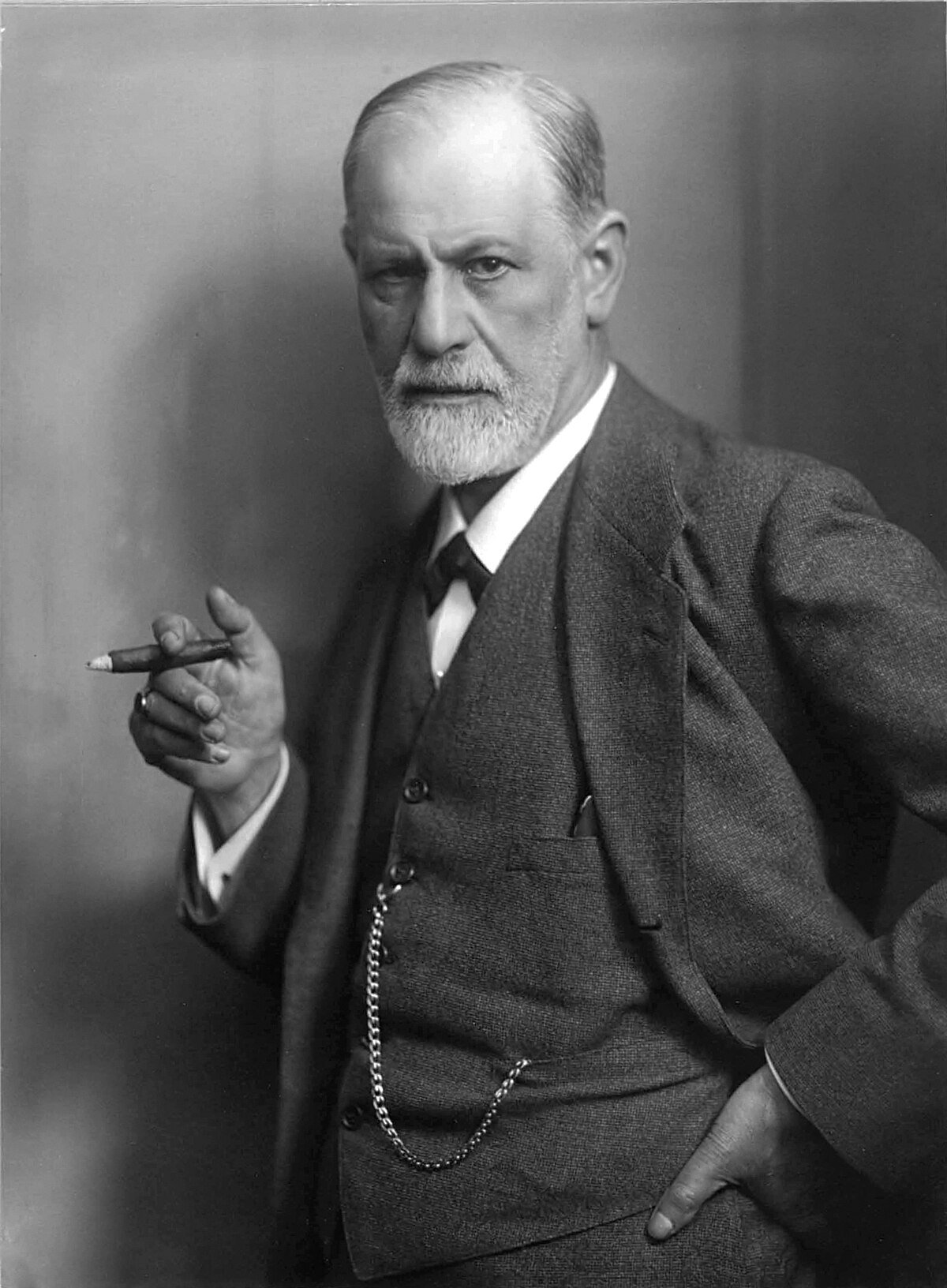CTB 33: Peaking Twice
/"After the race is before the race” – this is the motto of all endurance athletes, and it is especially valid now, in autumn, when everybody who is not racing in Kona, is running full and half-marathons or competing on trails and MTBs. Why? There are 3 main reasons:
1) If the "A" race of the season went fantastic, you want more of these happy feelings and more ROI on your fully deserved and hard trained on form.
2) If the "A" race went so-so or turned out to be even downright disappointing, you will want to prove otherwise and look for another challenge. (I would also suggest to honestly validate your ambition and ego level)
3) Maybe you just like racing, have friends doing a local competition or you feel that nice weather and nature are calling you to compete again.
Whatever the reason and motivation, the result will be the same – a late season race where you will want to be in a very good form. Reaching a very good form again is very possible indeed and you can achieve even higher returns on your form in form of a Personal Best and a lot of fun doing something different. So how do you train to peak twice?
The above chart shows a pretty much perfect picture of one of my athletes who was training for her first half-Ironman in July (A race) and then for a marathon in October (B race). You can see a progressive build up of the form till the highlight in July, then a recovery and summer holidays drop and then again an increase in form in time for the B race. This is how it should be: in your macro training cycle, you go from general to specific training in winter and spring months. In late spring and summer you build intensity and volume progressively and very intentionally, reaching highest training scores (TSS) circa 3 weeks before your main race. The longer the race, the more focus should be on volume close to the race, while keeping a decreasing amount of intensity. Some call this training approach “reverse periodisation”, since it focuses on intensity first, in 16-10 weeks before the A race, and develops volume later, in weeks 10-2. Whatever model you use, the maximum training stress should be reached 3 weeks before the race – or, for very experienced and fit athletes who can recover fast, 2 weeks or even 10 days before the main race. Such a week could be well over 1000 TSS and thus one of the toughest of the year. The following gradual reduction in volume and intensity and tapering bring you to the perfect form on the race day: you are fit, ready and rested!
One or better two weeks of full recovery after your main race - and you can start the cycle for the 2nd peak. In this cycle of 8 weeks, you are basically going through same training periodisation as in 6 months before your main race, but in a compressed form.
You start with 2 weeks of mini-transition period (vs. 6-10 weeks in the main season). Then you have 3 weeks of increasing intensity, where in the 3rd week the volume is getting serious and 2 weeks of volume focus. Then 1 week of tapering and you are ready! With this compressed and very focused preparation cycle, you can truly be flying in your 2nd peak race! The main condition, however, is that you are fully recovered from your main "A" race – physically, emotionally and mentally.
With the 2nd peak in the pocket, you can then ease into the off-season. This 2nd peak, with the pressure of “A” race being off and the anticipation of the rest and "doing nothing" in the off-season, can be a very sweet experience. Withthe smart preparation, you can also set a Personal Best!






